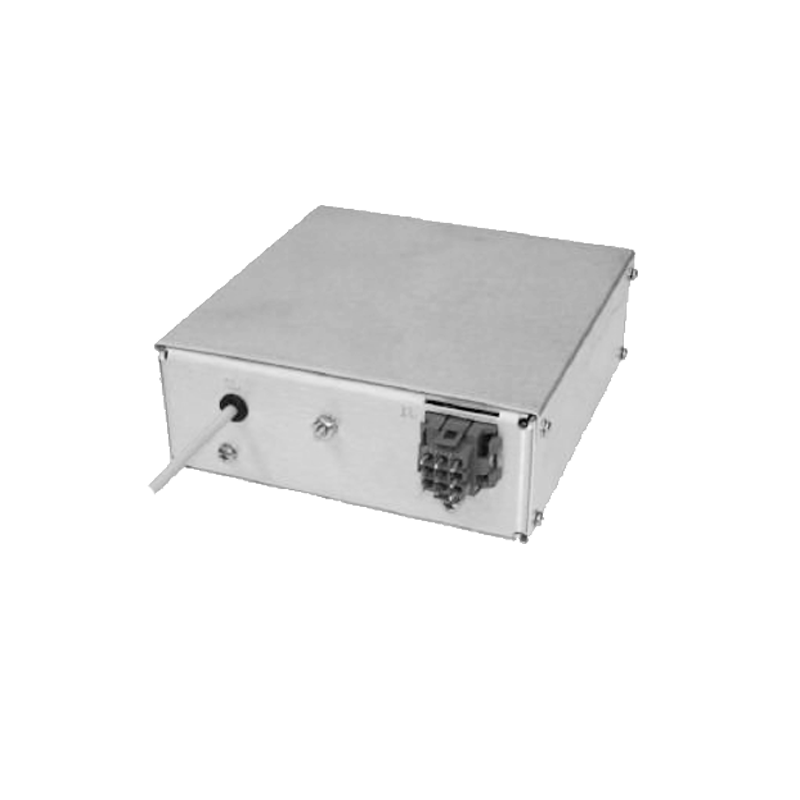High-Voltage Power Supply for Mammography: Adaptive Exposure Control Based on Tissue Density
Mammography requires exceptionally high imaging contrast at minimal radiation dose levels. Variations in breast tissue density pose challenges for achieving uniform exposure and diagnostic accuracy. The high-voltage power supply, which controls the X-ray tube’s anode voltage and filament current, plays a critical role in achieving adaptive exposure optimization.
Dense tissues require higher photon penetration energy, while fatty tissues need lower voltage to preserve contrast. The power supply integrates a digital feedback system that continuously analyzes detector output and image histogram data during exposure. Using real-time feedback, it dynamically adjusts tube voltage (kVp) and current (mA) within milliseconds to maintain optimal image brightness and contrast.
High precision and fast response are fundamental. The supply’s PWM converter topology ensures output voltage ripple below 0.01%, while multi-stage filtering stabilizes X-ray intensity. A predictive control algorithm based on pre-scan tissue density estimation sets initial parameters, minimizing adjustment lag during active imaging.
Thermal management is vital to prevent drift in the reference voltage and tube output. The power supply incorporates real-time temperature compensation and isolated grounding to maintain stable operation under repeated exposures.
Integration with the imaging system allows automatic region-based exposure adjustment, where denser tissue regions receive higher voltage and thinner regions lower voltage, all within a single scan. This closed-loop control not only enhances diagnostic clarity but also reduces patient radiation dose.
Through precise high-voltage modulation, intelligent feedback, and rapid adaptation, the power supply enables consistent image quality across diverse tissue densities, aligning with modern low-dose mammography standards.




















